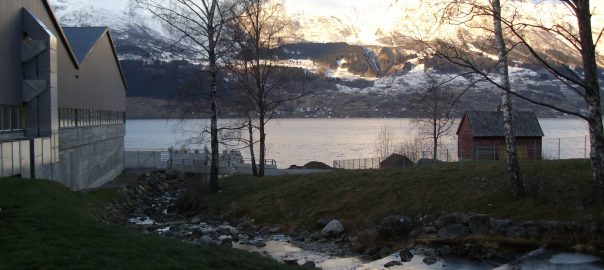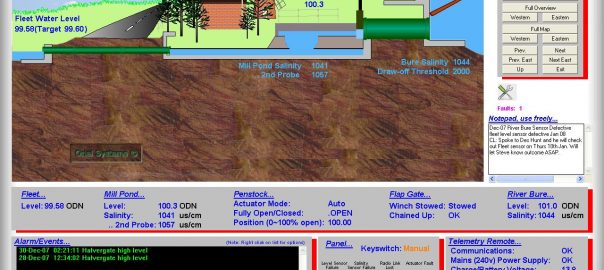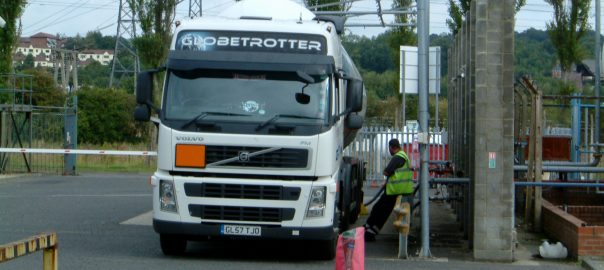Oriel Systems have recently completed a project for a large still and sparkling mineral water bottling plant in the Hardanger area of Norway.
This glacial wilderness has never been settled or industrialised and is protected from development by two national parks. Access is difficult as temperatures fall below -40 degrees C at night time and the area is covered in snow with regular snowfalls and avalanches during winter time. It is here and under these conditions that the mineral water is extracted to ensure it’s purity. Since it’s introduction into the UK in 2008 the company has won many awards and is now sold in all major supermarkets throught the country
The project has involved a number of Oriel Intelligent Telemetry Outstations being installed at the Pump Houses located at strategic locations on the glacier face. These Pump Houses are responsible for pumping the glacier water directly to the bottling plant some 5Km distant. The main objective was to provide information on the performance of each of the Pump Houses and to be able to control the Auma actuated valves located at each remote site without having to send an engineer to site to physically open or close them using the supplied hand winding mechanism. A trip to one of the Pump Houses would take approximately two hours due to the area being snow covered for most of the year and access finally involves an hours walk by the engineer due to snow and rough terrain.
With the extraction and bottling process it is imperative that no air is allowed to enter the water pipeline along which the mineral water travels as this could cause bacteria to grow and the quality of water would then be affected.
Communications between the sites is by GPRS with external low profile aerials to guard against snow and avalanche damage. Oriel’s GPRS Telemetry solution links up all the remote sites and provides bi-directional communications between the Control Centre and the remote sites for critical equipment and process monitoring and control.
For further information please contact us on 01249 705070 or www.orielsystems.com
For further information please contact us on 01249 705070 or www.orielsystems.com
- Norwegian Pump House

 01249 705070
01249 705070



